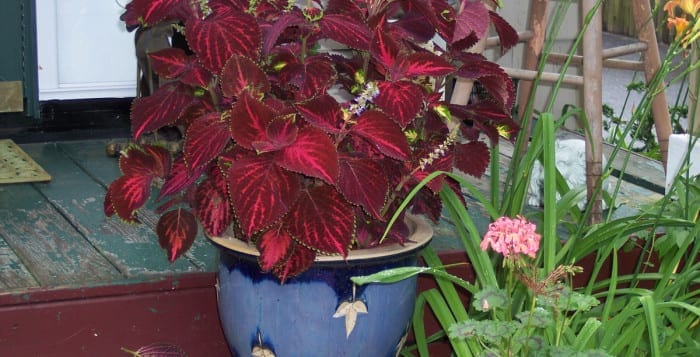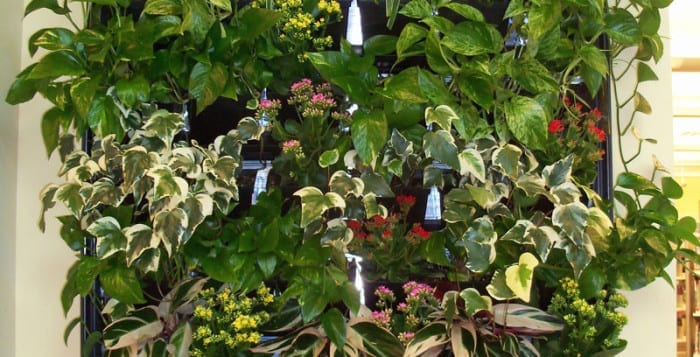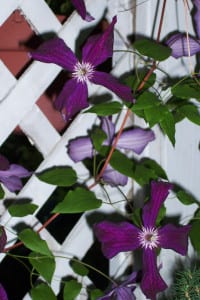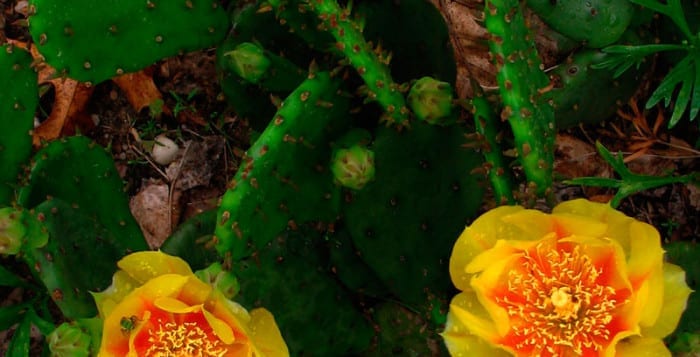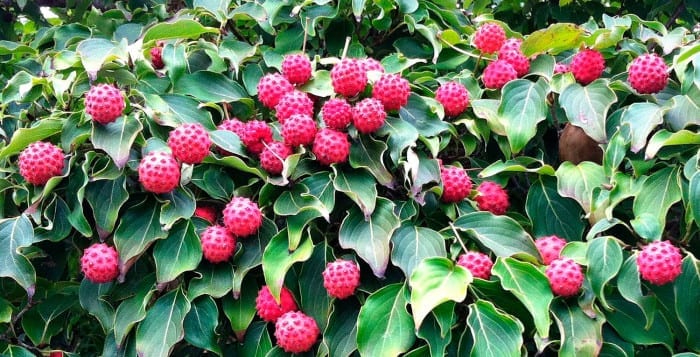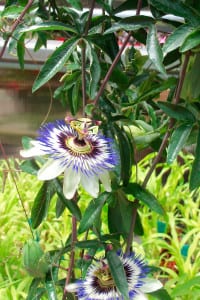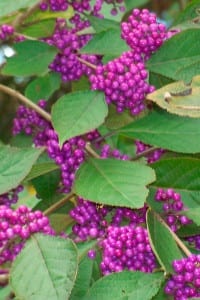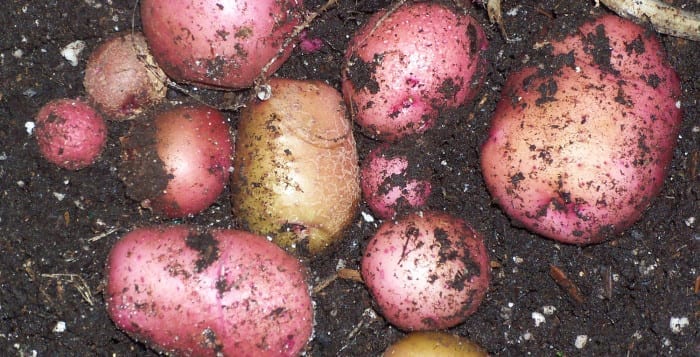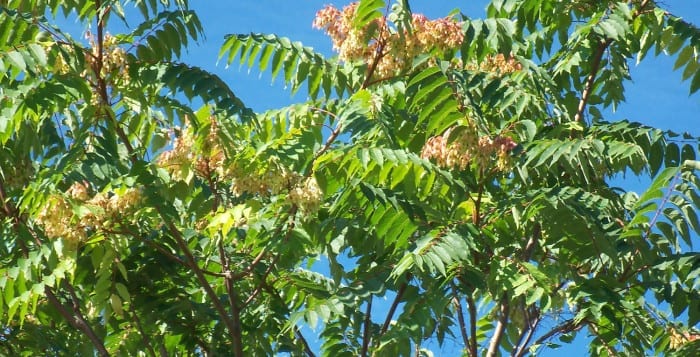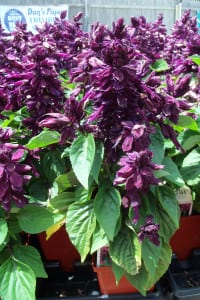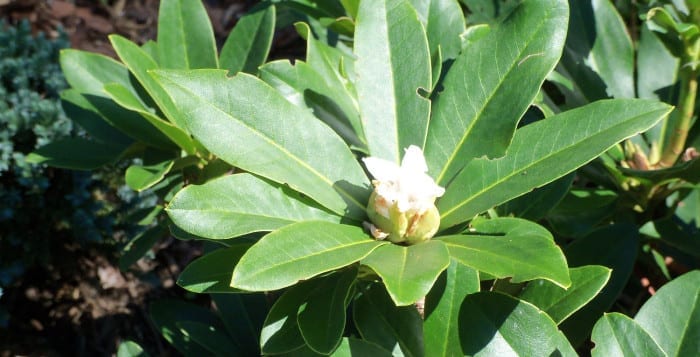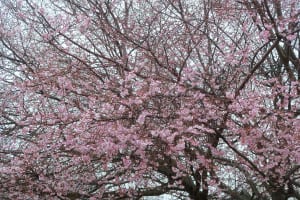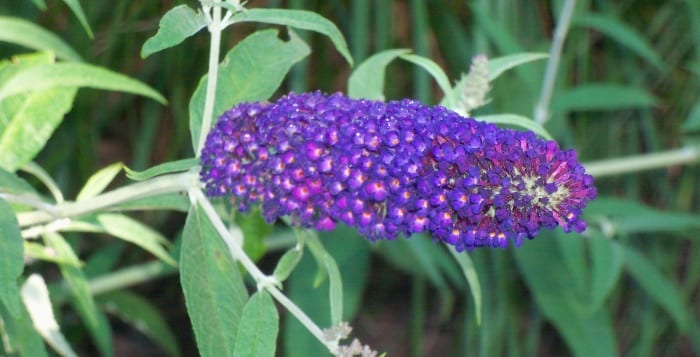By Ellen Barcel
Last week we took a look at how you can turn your need to garden, even in tiny places, into a reality. We looked at some generalities then. Now, we’ll take a look at some specific plants that can be grown in small spaces.
Flowering annuals
Any number of flowering annuals can be grown in hanging baskets, including hanging geraniums, petunias, chenille plants and fuchsia. Look for plants that trail down like nasturtium or sweet potato vine. But you can also grow herbs in hanging baskets, perhaps even mixed in with the ornamentals.
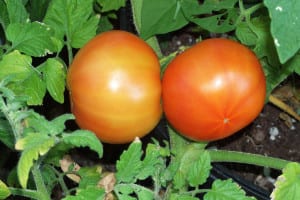
Hostas
Hostas are wonderful plants for a shady area. They come in a wide variety of sizes, so select carefully if you have a tiny place. One of my favorites is ‘Mouse Ears,’ but there are many tiny hostas, some variegated. Consider ‘Blue Mouse Ears,’ which grows to eight inches tall; ‘Chartreuse wiggles,’ a 10-inch-tall plant with narrow golden leaves; or ‘Bedazzled’ just eight inches tall with blue green leaves trimmed in yellow. ‘Crumb Cake’ is just four inches tall. Most will spread, easily two or three times their height. They can be grown in a small rock garden or a small container or around the edges of a larger planter.
Dwarf hydrangeas
Hydrangeas are beautiful shrubs filled with colorful and long lasting flowers. But, be very careful here. Some hydrangeas can easily reach 10 to 15 feet tall or more. In general, Hydrangea paniculata tend to be large shrubs or small specimen trees; however, there are dwarf varieties. Again, oakleaf hydrangeas tend to be large shrubs, but ‘Ruby Slippers’ is a dwarf variety that reaches just three to four feet tall and produces flowers that come out pink and deepen to red as the summer progresses. They grow in full sun to partial shade. The flowers will not turn blue, however, in acidic soil.
Tomatoes
Tomato plants are divided into two types of plants: indeterminate, that is, vining plants that continue to grow throughout the growing season, and determinate plants, bush-type plants that flower at the end of each branch and cease growing. Indeterminate plants can be grown in large pots or tubs since they have the room to produce a large root system. Determinate plants do better in a smaller hanging basket since there is a smaller amount of soil in hanging baskets. Cherry tomatoes are ideal for hanging baskets. I’ve even seen them growing in outdoor restaurants, both functional and decorative. Put one or two per basket, possibly interspersed with herbs or flowers. Remember the fertilizer since tomatoes are heavy feeders.
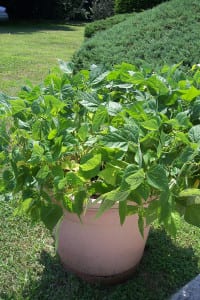
Herbs
Herbs are great for a small garden since most of them are small plants to start with. Most herbs prefer a sunny location; so take this into consideration when selecting a planting location. Herbs can be grown in pots, even grouped together in a large pot, but a really great place is in a sunny window box. If the window box(es) are located outside your kitchen window, so much the better. Just open your window and pick the herbs you need.
Small herbs include sage (some are larger than others, for example, pineapple sage can easily reach two feet tall, and has beautiful red flowers while common sage is smaller), thyme (common thyme, lemon thyme, lime thyme, orange thyme, red creeping thyme, French thyme, etc.), parsley [curly parsley, flat leaf parsley, Chinese parsley (cilantro), etc.], mint (chocolate mint, orange mint, spearmint, banana mint, variegated mint, pineapple mint, apple mint, etc.). Note that orange mint has a hint of an orangey flavor, pineapple sage a hint of a pineapple flavor, etc.
Basil, chives, dill and oregano are a few other herbs that you can grow in a window box. Scented geraniums have the advantage of pretty flowers as does nasturtium.
Ellen Barcel is a freelance writer and master gardener. Send your gardening questions and/or comments to [email protected]. To reach Cornell Cooperative Extension and its Master Gardener program, call 631-727-7850.

